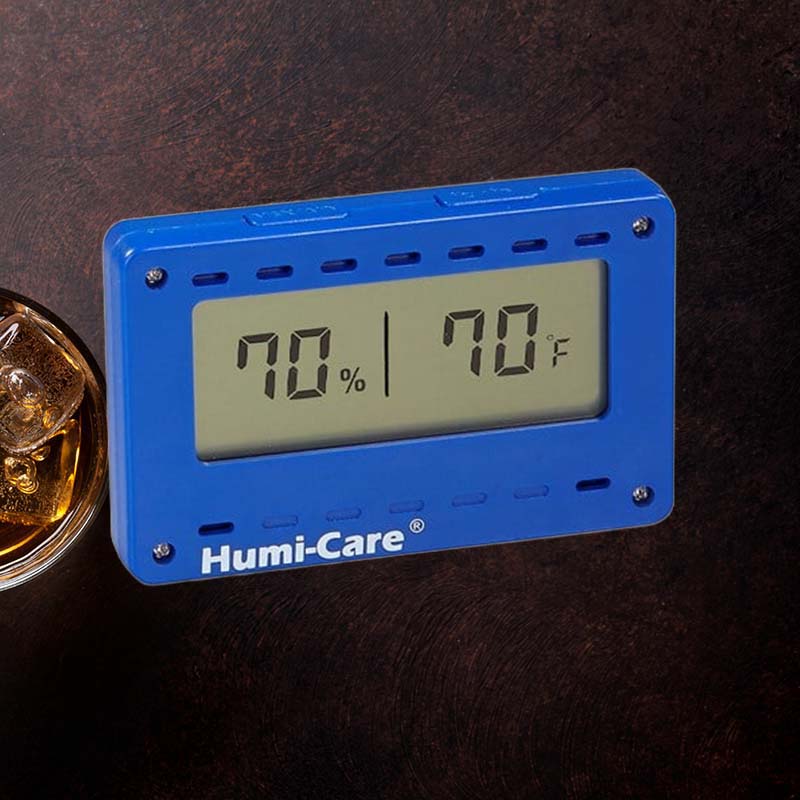Torch lighter repair
Introduction: Fixing That Jet Lighter You Love
There’s something incredibly satisfying about a dependable torch lighter. When I’m about to light up my favorite cigar after a long day, I rely on that little gadget to deliver a flawless flame. But what happens when it lets you down? If you’ve ever found yourself in that frustrating situation, you’re not alone. Many of us have faced the challenge of repairing our beloved torch lighters, and I’m here to guide you through this process. Let’s dive in and resurrect that trusty lighter together!
Step 1: So What You’ll Need for This

Essential Tools and Materials
Before we start, gather a few essential tools and materials:
- Small screwdriver set
- Compressed air canister
- Cotton swabs
- High-quality butane
- Replacement flint (if needed)
- Silicone grease
Step 2: Ok Diagnosis Time Doctor

Common Issues with Torch Lighters
Now, let’s tackle the diagnosis. When a torch lighter fails, here are common issues you might encounter:
- No spark
- Flame is too low or too high
- It leaks butane
- Produces a hissing sound
Understanding the problem is crucial for an effective repair.
Step 3: Opening Your Lighter Up

Safe Disassembly Techniques
Opening up your lighter requires some care. Here’s how I do it:
- Make sure the lighter is completely empty of butane.
- Use a screwdriver to gently remove the screws.
- Carefully separate the casing without damaging any internal parts.
Ensure you’re working in a well-ventilated area to be safe from any residual butane.
Step 4: Adjusting the Spark
How to Align the Ignition Spark Wire
A common issue is the spark wire misalignment. Here’s what I do:
- Locate the spark wire and check if it’s bent.
- Gently bend it back into place—it should be close to the ignition point.
- Double-check to ensure it’s secure and not loose.
Getting this part right is often crucial to restoring functionality.
Step 5: Troubleshooting Flame Height Issues

Resetting the Flame Height Adjuster
If you’re dealing with inconsistent flame height, follow these steps:
- Locate the flame height adjuster (usually a small dial).
- Turn it counterclockwise to lower the flame and clockwise to raise it.
- Test after adjustments to ensure it’s working properly.
This dial can help customize the flame to match your preference.
Step 6: Putting It Back Together
Reassembly Tips for Your Lighter
Once you’ve completed all adjustments, it’s time to reassemble:
- Align the casing carefully.
- Replace screws, ensuring they’re tight but not overly so.
- Store any extra parts safely in case of future repairs.
It’s like putting a puzzle back together; every piece is as important as the next!
Step 7: Final Checks Before Testing

Inspecting for Leaks and Loose Parts
Before you fill it up with fuel, do a thorough check:
- Inspect for any butane leaks by holding the lighter up to your face cautiously.
- Check all parts are firmly attached.
- Look for any signs of wear or damage.
Being thorough here can save you future headaches!
Using High-Quality Butane

Importance of Using Premium Fuel
I can’t stress enough the importance of using high-quality butane. It enhances performance and prevents clogging. Avoid any low-grade fuels made from impurities that could affect your lighter’s mechanism.
Maintenance Tips for Longevity

Regular Cleaning of Jets
Regular maintenance is key! Here are my favorite maintenance tips:
- Use compressed air to clean jets regularly.
- Wipe down the exterior to remove dirt and grime.
- Keep the fuel compartment clean to ensure efficient fuel flow.
Routine maintenance really maximizes the life of my torch lighter.
Video Tutorials for Common Repairs
List of Instructional and Repair Videos
Sometimes it’s easier to watch and learn. Here’s a quick list of helpful resources:
- YouTube Tutorial: Basic Torch Lighter Repair
- Video: Cleaning and Maintenance Tips
- Instructional: How to Replace Flint
These visual aids can really make the process clearer!
Replacing Key Components

How to Replace the Flint and Gas Tank
If essential components fail, replacement is necessary. Here’s how I approach it:
- Remove the old flint and insert a new one securely.
- For the gas tank, consult your lighter’s manual for proper removal instructions.
- Fill with high-quality butane after the new tank installation.
These updates can breathe new life into your lighter!
Additional Troubleshooting Tips
Identifying and Fixing a Hissing Sound
If your lighter is hissing, it’s a sign of a gas leak. I would:
- Inspect the gas tank and fittings for any cracks.
- Check if the valve is damaged.
- Immediately stop using the lighter until repairs are confirmed.
Play it safe—gas leaks can be dangerous!
After Repair: Ensuring Optimal Performance

Wait for Your Lighter to Warm Up After Refilling
Once repaired and refilled, I always let my lighter warm up for a few minutes. This helps the butane vaporize better, ensuring a consistent and reliable flame when I use it next.
Contact for Further Assistance

Technical Support for Lighter Issues
If you’re still having trouble, don’t hesitate to reach out for help. Many brands offer customer support hotlines or online chat services to assist with specific issues. I’ve found them incredibly helpful when I’ve run into problems I couldn’t solve on my own.
FAQ

How do you fix a torch lighter that won’t spark?
Check the ignition wires for any misalignment and ensure the flint is not worn out. Replace the flint if necessary and adjust the spark wire position.
What causes a torch lighter to stop working?

Common causes include lack of butane, clogged jets, or worn-out components like flint or ignition wires.
Can you fix a torch igniter?
Yes, issues like misalignment or faulty components can be repaired by readjusting or replacing parts as outlined in this guide.
Why is my torch lighter not releasing butane?

It could be due to a clogged jet or an issue with the valve. Cleaning the jet or checking for blockage is essential.
